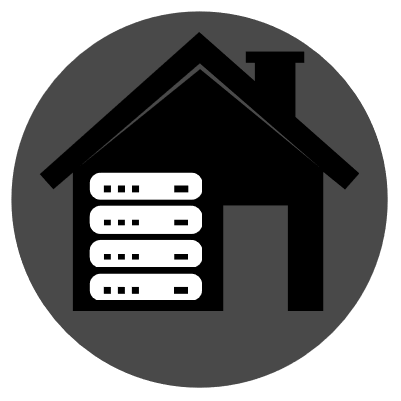Yes, using xrandr in the /etc/sddm.conf (https://man.archlinux.org/man/sddm.conf.5#DisplayCommand=) /usr/share/sddm/scripts/Xsetup.
- 3 Posts
- 18 Comments
Hahaha. Common problem with multiscreen with different resolutions. Your laptop screen is below and left of your main display, and X11 renders this black “virtual screen”.
There are multiple solutions:
a) Set your screen resolution and position through KDE Plasma SystemSettings and push the button “apply to SDDM configuration” (I think Plasma 6.0 removed this option, try to find it in the SystemSettings KCM SDDM section).
b) The another solution is the old one. Create a file into
/etc/X11/xorg.conf/display.confwith the proper values of position and resolution. Search in a wiki about examples (archlinux wiki?).c) There is a third one that I used few years ago. SDDM allows you run any command after the screen initialization. So you can exec your xrand command here. Search about
/etc/sddm.conf

 1·8 months ago
1·8 months agoBuddy, this message was posted 6 month ago, when this issue was a thing. Does not applied nowdays. But thank you for your help.

 10·9 months ago
10·9 months agoWhen you create a filesystem, there is a parameter named as “block percent free”. This parameter should be “5%”, so a 5% of your partition size can only be written by the “root” user.
You can decrease this value or just free some space. You can try to create files or folders as root as well.

 92·10 months ago
92·10 months agoI think that the reason is the same for “why is XMPP mentioned more than IRC?”. IRC has more clients, it’s less resources hungry and simpler than XMPP.
I think that the reason is because it is old-fashione, and it’s clients feel outdated and (native) “lacking features” compared to more popular clients like Discord, WhatsApp, Messenger, Telegram or Signal. 🤷♂️
I can imagine my cousins using any of the clients I mentioned before, but not IRC, XMPP, or any protocol from my era. Life and traditions, isn’t it?
The last year 2023 was incredible (providing a lot of good games).
Fils Aime: ‘Thank you, but I want more.’ ‘Thank you, but give me more.’ I mean, it is insatiable. 2012 https://kotaku.com/the-trouble-with-the-never-satisfied-gamer-5920572
#!/usr/bin/env bashA folder
dotfilesas git repository and adotfiles/installthat soft links all configurations into their places.Two files,
~/.zshrc(without secrets, could be shared) and another for secrets (sourced by.zshrcif exist secrets).

 10·1 year ago
10·1 year ago- Factorio (currently best management)
- Satisfactory (cozy Factorio)
- Captain of Industry (try this one)

 12·1 year ago
12·1 year agoMaybe this functionality was replaced by the next thing?
Automatic root filesystem soft-reboot: systemctl automatically reboots into a new root filesystem located at /run/nextroot/.
Developed by Saber Interactive. Caution.

 1·1 year ago
1·1 year agoHehe. Or they could send a 0 to your fan velocity. Or flash/lock (setting the flash bit to 0) your BIOS through ACPI calls. Even stolen your Steam token credential. I saw an example that runs commands as a Systemd volatile user service. There are a few POCs on GitHub about recovery passwords from the browser (sand-boxed environment) for generic environments. I think that everyone here is old enough to understand the consequences of our acts.

 4·1 year ago
4·1 year agoCaution disabling mitigations. Only enable on air-gap devices (devices without any connection, airplane mode).
I didn’t try yet: https://www.cmcrossroads.com/article/gnu-make-escaping-walk-wild-side
colon := : $(colon) := : url := https$(:)//something

 2·1 year ago
2·1 year agoI didn’t try yet: https://www.cmcrossroads.com/article/gnu-make-escaping-walk-wild-side
colon := : $(colon) := : url := https$(:)//something
A full price release for the first milestone, and because it is a Kickstarter, without any guarantee. I’m sure that the Patapon fans will be happy, at least.

 1·2 years ago
1·2 years agodeleted by creator

 3·2 years ago
3·2 years agosyscall -> asm -> page_fault
This a native machine code execution that crashed in your system. Could be an instruction that your CPU doesn’t understand (because the instruction is newer than your CPU, example: AVX512), or because your hardware returns an error when this instruction is executed (RAM issues?). Too difficult for me to understand this ASM crash.


🤷